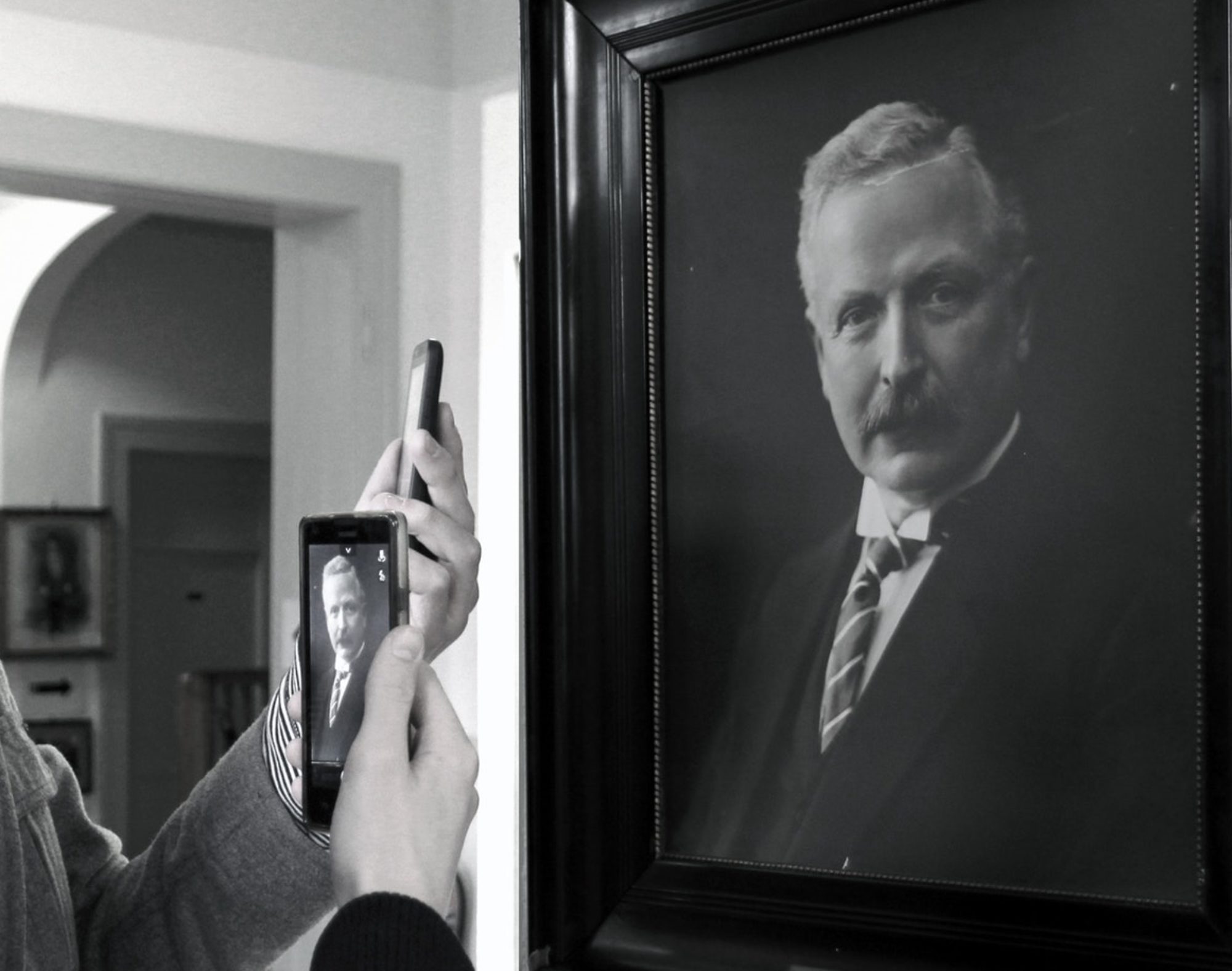I always look forward to the beginning of each year since my birthday falls a few days before the New Year, so I get multiple days of celebration. I also enjoy setting personal goals that are significant enough to require focused effort yet are achievable and worthwhile. Examples of past goals achieved include changing career paths, buying a house, and learning to swim (to race my first triathlon). In short, I usually accomplish what I set my mind to. Which is what made this past winter so difficult – for the first time in a long time, I was lost in a maze of mounting stress and couldn’t find a path out.
It started in December when I helped my parents make the tough decision to put our dog down. Some may argue that grief over the death of a pet is silly or somehow lesser than that experienced when a close human family member passes away. But studies have shown that grief over losing a pet can be just as severe. Of course, I didn’t need studies to tell me how to feel about comforting this being that had given me and my family so much unconditional love and joy for nearly a decade as she took her last labored breath. Needless to say, I was not in a great place emotionally. Unfortunately, that’s when the physical pain started.
I’ve identified as an athlete for as long as I can remember but not because I’m particularly gifted. Instead, I learned at a young age that effort put in at practice and in the gym had a direct correlation to results on the field (or the wrestling mat, in my case) – I became hooked on that cycle of continuous improvement. Along the way, I learned through experience how essential daily exercise was to my mental well-being (of course, science backs this up now as well). Over the past five years, I’ve been investing increasing amounts of time, energy, and money into pushing my limits in endurance sports. Specifically, racing increasingly longer distances faster has become an important part of my physical and emotional life as I’ve expanded the limits of what I thought possible for myself (did I mention I am goal oriented?).
The day after we put our dog down, I set out on a run since I knew it would help me process my grief, sadness, and anger – plus, I figured that working toward my next goal of running a faster marathon would help focus my energy in a positive direction. The pain I felt in my left knee after that run wasn’t terrible – I always have a little soreness given my level of activity. But the pain got worse on the next run. And the next. Then the pain flared when I climbed and descended stairs. Finally, I was in pain most of the time I was on my feet or moving my knee at all, which meant I couldn’t swim, bike, or run without feeling like my kneecap was going to explode. X-rays and an MRI couldn’t diagnose the problem, and a referral to physical therapy was all the doctor could provide. This was also the moment when pressure to deliver results at work began to mount. I felt like I was falling without any idea of how to pull the parachute.
There I was, unable to effectively cope with the growing emotional, physical, and professional stress while a core component of my identity was withering away. At this low point, I was reminded of Winston Churchill’s experience – while Churchill is now well-remembered for his role in leading the United KIngdom through the darkest days of World War Two, he also lost his seat as Prime Minister in the 1945 election. Churchill’s political defeat after shepherding the country through a world war was devastating to him personally. But, despite the very public rebuke of his and his party’s policies, Churchill picked himself up and kept moving forward until he ultimately won the Prime Minister’s seat back in 1951.
Like Churchill, I was able to pick myself up too, with some help. Even though I’m accustomed to solving problems on my own, I couldn’t have pulled myself out without eight weeks of physical therapy and therapists who provided healing that was way more than just physical. I was able to fix the muscle weaknesses, imbalances, and tightness that compounded and manifested into my knee injury. In the process, I learned about my ability to persevere when everything seemed to be going wrong.
While I did not end up running the full marathon like I’d planned since I’d lost most of my training window to rehabbing my knee, I did find a way to build my mileage back up just in time to run the half marathon at the end of April – and set a personal record at the distance in the process. But given what I’ve gone through over the past few months, that half marathon was more than just another well-run race. To me, it symbolized all of the pain I’d endured that didn’t break me. In fact, as my race performance indicated, the struggle had made me stronger. And my comeback felt so sweet.
Winston Churchill can have the last word, since he really did say it best: “success is not final, failure is not fatal; it is the courage to continue that counts.”
Adam F. Caplan is the product leader at a rapidly growing digital healthcare IT company; wellness and fitness enthusiast

